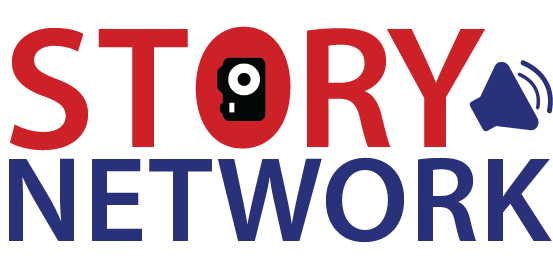In today’s competitive business landscape, identifying a gap in the market can be the key to success for entrepreneurs and business owners. Recognizing an unmet need or an untapped market segment can provide a unique opportunity to develop innovative products or services that can capture a significant share of the market. In this blog post, we will explore eight essential steps to help you identify a gap in the market and seize promising business opportunities.
Spotting Business Opportunities: Unveiling Market Gaps for Success
Define Your Targeted Audience
Before diving into the process of identifying market gaps, it’s crucial to clearly define your targeted audience. Understanding the demographics, preferences, and pain points of your potential customers will allow you to tailor your product or service to their specific needs. For example, if you’re planning to develop a health and wellness product, your target audience might be health-conscious millennials looking for natural and sustainable options.
Research the Existing Market
Thoroughly research the current market to gain insights into existing products, services, and competitors. Analyze the strengths and weaknesses of the existing offerings and identify any gaps or areas for improvement. Look for underserved customer needs, unaddressed pain points, or emerging trends that have not been fully explored. This analysis will lay the foundation for identifying potential opportunities.
Seek Customer Feedback
Directly engaging with your target audience is an invaluable method for understanding their unmet needs. Conduct surveys, interviews, or focus groups to gather feedback and insights from potential customers. Ask open-ended questions to encourage detailed responses, and pay attention to recurring themes or common pain points. Customer feedback can reveal hidden opportunities and guide your decision-making process.
Monitor Industry Trends
Staying abreast of industry trends and emerging technologies is crucial for spotting market gaps. Keep a close eye on market reports, trade publications, social media discussions, and attend relevant conferences or industry events. By identifying emerging trends early on, you can position yourself to take advantage of new opportunities as they arise. For instance, the rise of remote work during the COVID-19 pandemic presented opportunities for companies providing virtual collaboration tools and services.
Identify Unmet Needs
Based on your research and customer feedback, identify unmet needs or pain points that have not been adequately addressed by existing solutions. Look for gaps in the market where demand exceeds supply or where customer satisfaction levels are low. These unmet needs can be opportunities for you to develop innovative products or services that fulfill those requirements.
Conduct Competitive Analysis
Analyze your competitors to identify their strengths, weaknesses, and strategies. By understanding their offerings, pricing, marketing tactics, and target audience, you can spot areas where your business can differentiate itself. Differentiation can be achieved by offering a unique value proposition, providing superior customer service, or leveraging advanced technology. Differentiating your business from competitors can help you target untapped market segments and stand out in a crowded market.
Validate Your Ideas
Once you have identified potential gaps in the market, it’s crucial to validate your ideas before investing significant resources. Conduct market tests, pilot studies, or create prototypes to gauge customer interest and gather feedback. This iterative process will help you refine your product or service offering and ensure that there is a viable market demand for it.
Develop a Solid Business Plan
Finally, develop a comprehensive business plan that outlines your market research, target audience, competitive analysis, value proposition, marketing strategy, and financial projections. A well-defined business plan will not only guide your operations but also serve as a roadmap to attract potential investors or secure funding for your venture.
Identifying a gap in the market requires a combination of thorough research, customer insights, and industry awareness. By following the eight steps outlined above, you can increase your chances of spotting business opportunities that align with unmet needs, emerging trends, and untapped market segments. Remember, success in business often stems from the ability to recognize and capitalize on gaps in the market, so stay vigilant, adapt to changing consumer demands, and be ready to innovate.
Targeted Audience: Suppose you are an aspiring entrepreneur in the food industry. Your target audience could be health-conscious consumers who are seeking convenient and nutritious meal options. By understanding their preferences for organic ingredients, sustainable packaging, and personalized dietary requirements, you can develop a unique product that addresses their specific needs and stands out in the market.
Services: To cater to the identified market gap, you could develop a meal delivery service that offers a wide range of healthy, customizable meals made from locally sourced organic ingredients. Your service could also provide personalized meal plans tailored to individual dietary preferences, including gluten-free, vegan, or paleo options. By offering convenient, nutritious, and personalized meal solutions, you would be meeting the unmet needs of health-conscious consumers and positioning yourself as a leader in the market.
Remember, this is just an example, and the targeted audience and services may vary based on your specific industry or business idea.
By following the steps outlined in this blog post, you will be well-equipped to identify gaps in the market, seize promising business opportunities, and build a successful venture that caters to unmet customer needs. Good luck!



